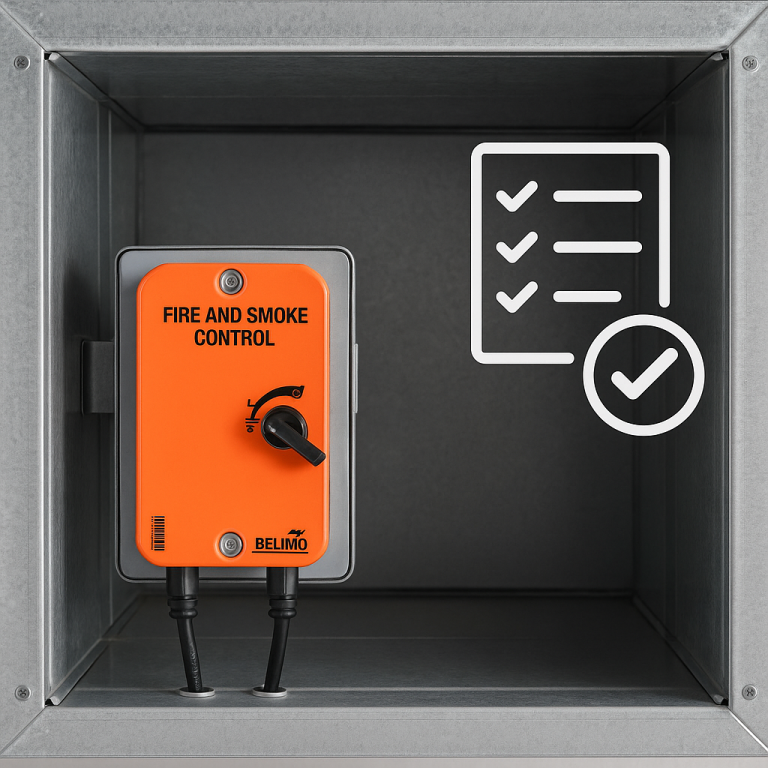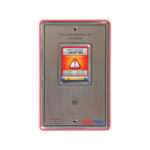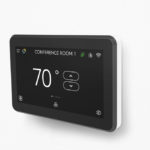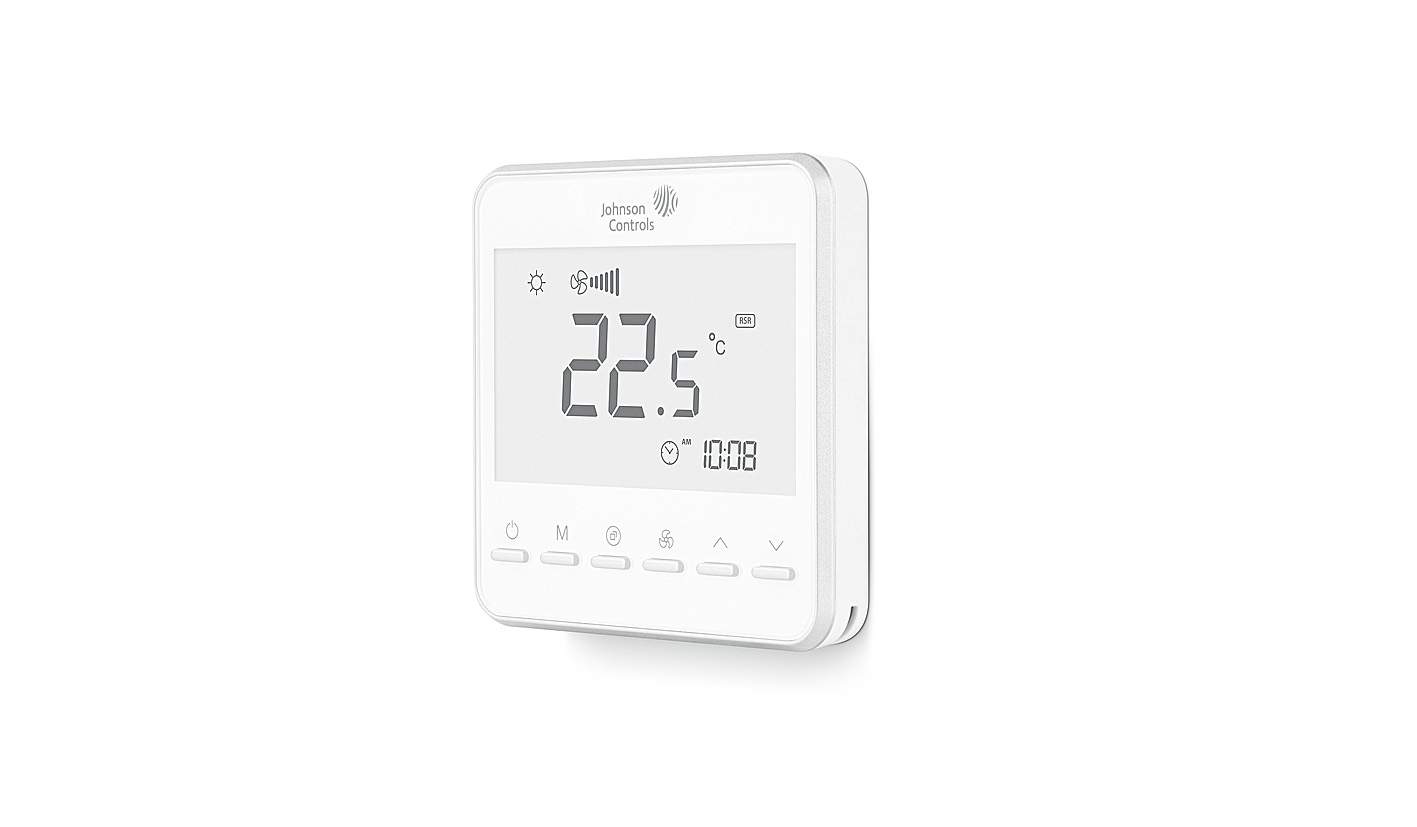Actuators designed for operation in smoke and combination fire and smoke dampers in ventilation & AC systems. Learn more!
Selecting a fire and smoke damper actuator in an HVAC system in Australia requires careful consideration to ensure compliance with local building codes and regulations. Here’s a general guide to help you through the selection process:
- Understand Regulations: Familiarise yourself with Australian standards and regulations related to fire and smoke damper actuator, such as the Building Code of Australia (BCA) and Australian Standard AS 1668.1. Ensure compliance with requirements for fire resistance, smoke containment, and ventilation system design.
- Identify Requirements: Determine specific requirements for the fire and smoke damper, considering factors such as damper construction material (e.g., steel or aluminum), voltage requirement (e.g., 24V or 240V), and temperature rating. Assess whether the damper needs to withstand higher temperatures for an extended period, particularly in fire scenarios.
- Consult with Authorities: Seek guidance from local building authorities, fire safety engineers, or HVAC professionals to ensure compliance with regulatory requirements and obtain approval for the damper selection and installation. Confirm that the selected damper and actuator meet applicable standards and codes.
- Select Damper Type: Choose the appropriate type of fire and smoke damper actuator based on construction material, airflow rating, temperature rating, and fire protection objectives. Consider factors such as space limitations, system pressure requirements, and compatibility with the HVAC system.
- Choose Actuator Type: Select a damper actuator specifically designed for use with fire and smoke dampers, taking into account the damper construction material, voltage requirement, and temperature rating. Look for actuators with proven reliability, durability, and fail-safe operation in fire conditions.
- Consider Temperature Ratings: Take into consideration the temperature ratings of the actuators available on the market, such as those offered by Belimo and Siemens, which have been tested to operate at 177°C. If the damper needs to withstand higher temperatures, refer to AS1682.1 for guidance on proprietary enclosures or fabricated insulation suitable for the duty.
- Verify Compatibility: Confirm compatibility between the selected damper actuator and the fire and smoke damper, considering factors such as mounting requirements, torque rating, control interface compatibility, and integration with the HVAC system’s control system.
- Installation and Testing: Follow HVAC damper hardware manufacturer recommendations and industry best practices for the installation, testing, and commissioning of the fire and smoke damper system. Conduct thorough testing and inspection to verify proper operation, compliance with regulatory requirements, and readiness for emergency scenarios.
By considering these factors and consulting with relevant experts, you can select a suitable fire and smoke damper actuator in an HVAC system in Australia while ensuring safety, compliance, and optimal performance.
Fire and smoke damper actuator is in the Shop the range available here.








